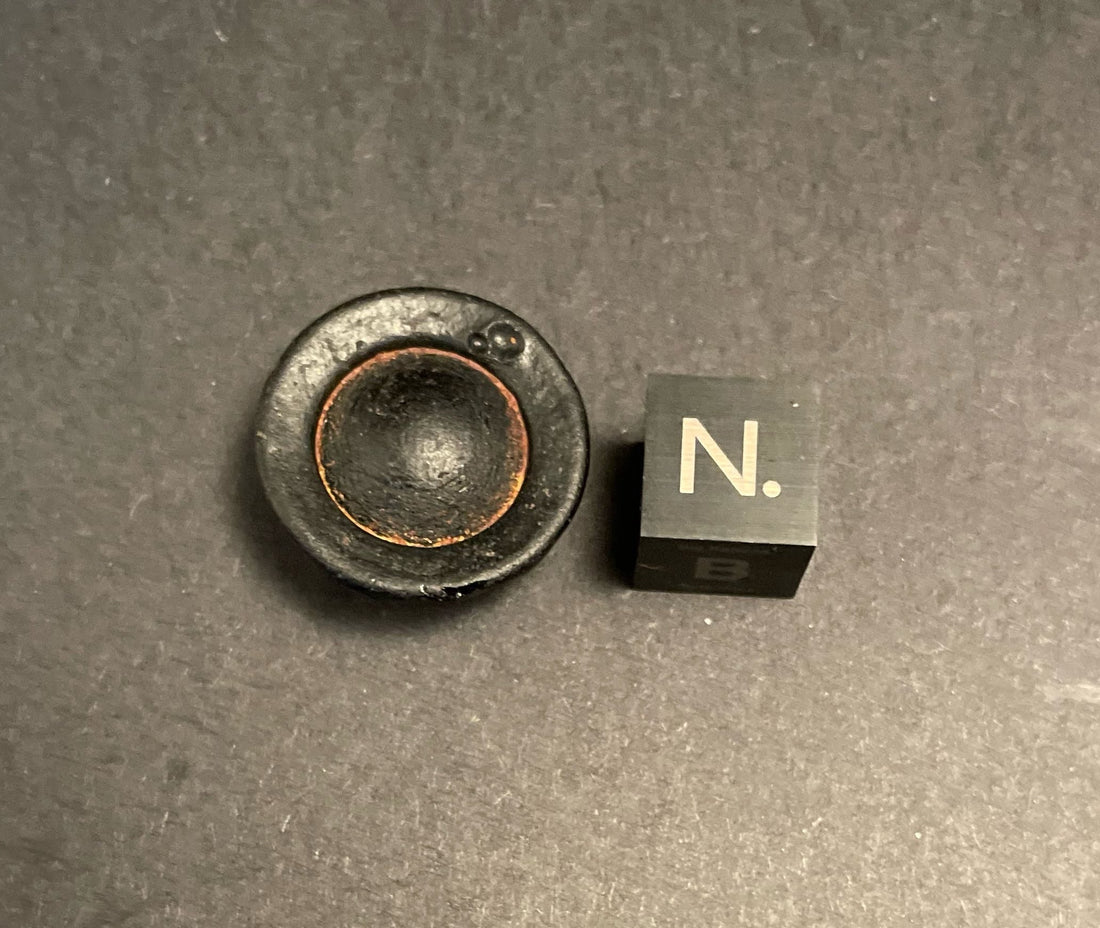
Australite: A Scientific Exploration of Australia’s Cosmic Glass
Share
Shop Australite Online or In-Store
Shop All Meteorites/Impactite Specimens
Australites are a rare and scientifically significant form of tektite—natural glass formed from terrestrial material ejected during a meteorite impact. Found predominantly in southern Australia, these specimens are part of the Australasian strewnfield, the largest known tektite distribution on Earth. Specimens recovered from South Australia represent well-preserved examples of this phenomenon and offers insight into planetary processes, atmospheric dynamics, and cultural heritage.
Geological Origin and Formation
Australites are believed to have formed approximately 770,000 years ago following a massive meteorite impact, likely in present-day Indochina. The impact generated intense heat and pressure, melting surface rock and propelling it into the upper atmosphere. As this molten material cooled and re-entered Earth’s atmosphere, it underwent ablation—erosion caused by atmospheric friction—which sculpted the distinctive aerodynamic shapes seen in australites.
The Australasian strewnfield spans over 10,000 kilometres, covering parts of Southeast Asia, the Indian Ocean, and Australia. Australites are unique among tektites for their highly evolved shapes, including flanged buttons, discs, and bowls, which are rarely found outside Australia. These forms are not only aesthetically striking but also scientifically valuable, providing clues about the conditions of atmospheric re-entry and the mechanics of high-velocity impact ejecta.
Composition and Physical Characteristics
Australites are composed primarily of silica-rich natural glass, with minor elements such as aluminium, iron, magnesium, calcium, and potassium. Their low water content and high silica concentration distinguish them from volcanic glass and other terrestrial materials. The glass is typically black or dark brown, with a glossy surface and occasional pitting or flow lines that reflect its molten origin.
Specimens from South Australia exhibit classic features of australites, including a smooth surface, aerodynamic shaping, and uniform composition. Its provenance adds to its scientific value, as South Australia is a key region for tektite recovery, particularly below 25° latitude where strewnfield density is highest.
Scientific Applications
Australite specimens are used in a range of scientific disciplines:
-
Planetary science: Australites help model impact ejecta behaviour and atmospheric re-entry dynamics.
-
Geochemistry: Their composition provides insights into high-temperature glass formation and terrestrial melting processes.
-
Material science: NASA studied australites during the Apollo program to understand how materials behave during spacecraft re-entry.
-
Education: Australites serve as tangible examples of Earth’s interaction with extraterrestrial forces, making them valuable teaching tools in geology and astronomy.
Their unique morphology and extraterrestrial origin make them ideal specimens for museums, universities, and private collections.
Cultural and Historical Significance
Australites have long held cultural significance in Australia. Aboriginal Australians recognised these objects and referred to them as “ooga” or “staring eyes,” incorporating them into tools, ornaments, and spiritual practices. Their presence in traditional artefacts suggests a deep understanding of their uniqueness and value.
European scientists initially misidentified australites as volcanic glass, but later research confirmed their cosmic origin. The widespread surface distribution and distinctive shapes have intrigued researchers and collectors for over a century. Their study has contributed to our understanding of meteorite impacts, global dispersal patterns, and the interaction between Earth and space.
Educational and Collectible Value
Specimens are not only a scientific artefact but also a compelling educational and collectible item. Each gram of this meteorite carries the intrigue of extraterrestrial origin and the drama of planetary collision. For educators, it offers a hands-on way to engage students with Earth science and astronomy. For collectors, it represents a rare and tangible connection to the cosmos.
Whether displayed in a classroom, museum, or private collection, Australite serves as a conversation starter and a gateway to deeper exploration of our solar system’s history.
Conclusion
Australite is a fragment of Earth’s cosmic history, forged in the crucible of planetary collision and shaped by atmospheric forces. Its formation, composition, and cultural relevance make it a valuable addition to both scientific collections and educational displays. As a product of one of the most significant impact events in Earth’s recent geological past, it offers a rare glimpse into the dynamic processes that shape our planet and connect us to the broader universe.
References:
Australian Museum – australian.museum
Geoscience Australia – ga.gov.au
NASA Technical Reports – ntrs.nasa.gov
ANU Press – press-files.anu.edu.au
Aboriginal Astronomy – aboriginalastronomy.com.au
Wikipedia – en.wikipedia.org